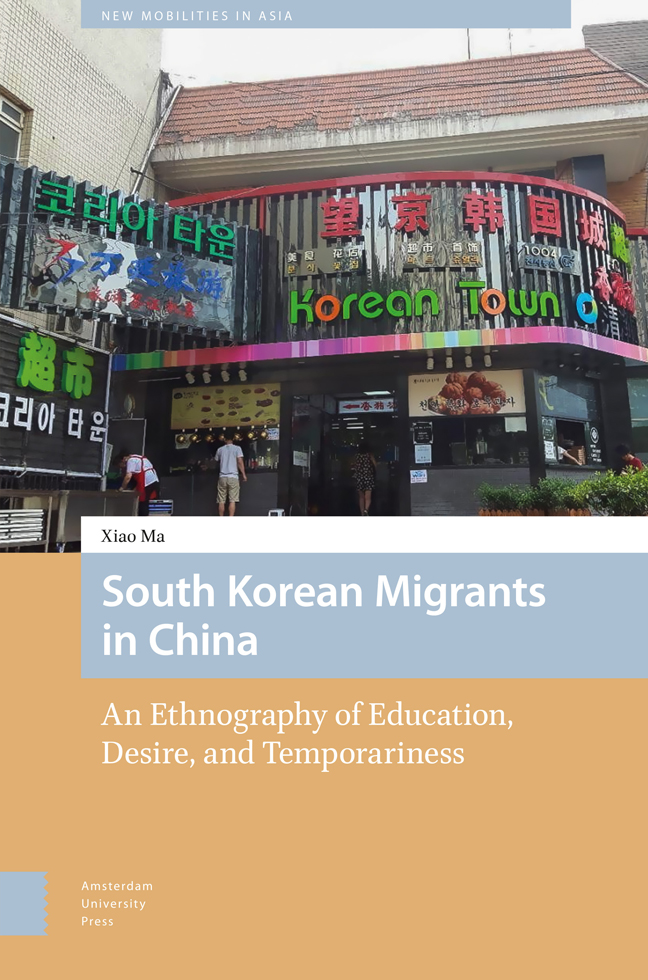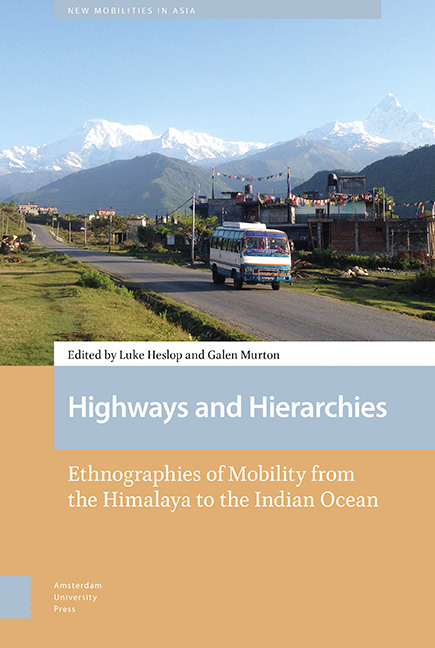In the twenty-first century, human mobility will increasingly have an Asian face. Migration from, to, and within Asia is not new, but it is undergoing profound transformations. Unskilled labour migration from the Philippines, China, India, Burma, Indonesia, and Central Asia to the West, the Gulf, Russia, Singapore, Malaysia, and Thailand continues apace. Yet industrialization in Bangladesh, Cambodia, and India, the opening of Burma, and urbanization in China is creating massive new flows of internal migration. China is fast becoming a magnet for international migration from Asia and beyond. Meanwhile, Asian students top study-abroad charts; Chinese and Indian managers and technicians are becoming a new mobile global elite as foreign investment from those countries grows; and Asian tourists are fast becoming the biggest travellers and the biggest spenders, both in their own countries and abroad. These new mobilities reflect profound transformations of Asian societies and their relationship to the world, impacting national identities and creating new migration policy regimes, modes of transnational politics, consumption practices, and ideas of modernity. This series brings together studies by historians, anthropologists, geographers, and political scientists that systematically explore these changes.



